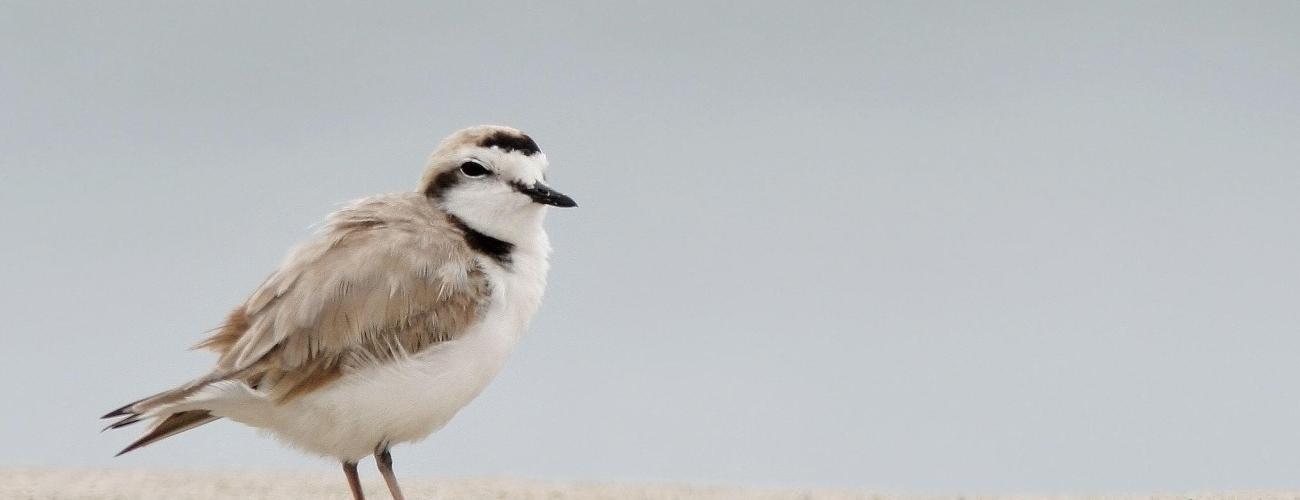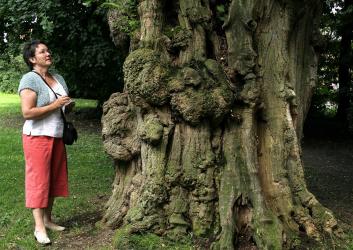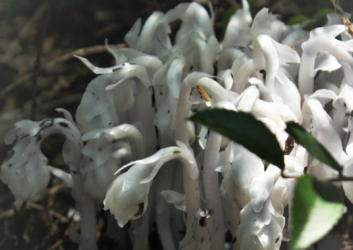How to protect snowy plovers
Have you ever seen a snowy plover? The answer may be “no.” These small birds nest in the sands of our Washington beaches. Their coloring and small stature make it hard for people to see them. The babies are even harder to see as they look like floating cotton balls.
These adorable little shore birds have been an endangered species since 1981. That means they won’t be able to bring smiles and “awwws” to people’s mouths and hearts for much longer unless we all do our part to protect them!
Here’s more about this wonderful bird, and how to help them thrive:
About the snowy plover
Only weighing about two ounces and growing six inches long, these pale brown and white birds lay their eggs in sand dunes and sparse vegetation on our coastal beaches.
Snowy plover chicks hatch after about 28 days and leave their nest within hours of being born to look for food. These birds are foragers, feeding on invertebrates from the wet sand.
Their habitat conditions allow snowy plovers to see approaching predators while feeding. Unfortunately, the snowy plover population is vulnerable due to the loss of their nesting habitat from invasive species (like invasive beachgrasses), recreational activities, dogs off their leashes, rising sea levels, erosion and human interaction.
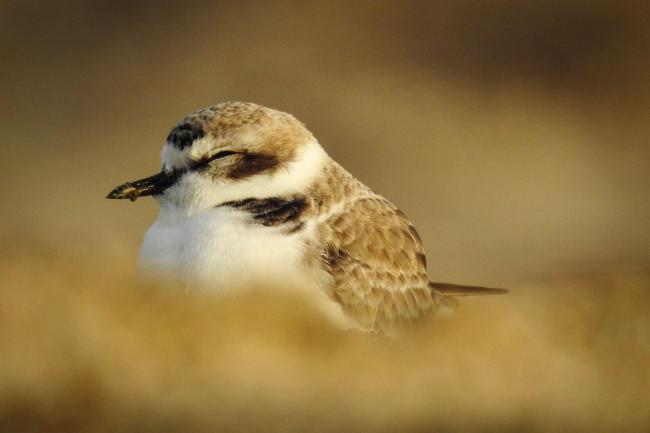
What have we done to help protect them?
We take stewardship very seriously, and protecting the snowy plover species is a part of that. Not only do we help other state and federal agencies close off nesting areas, we also perform prescribed burning of the dunes of our beaches. You may think, “What the heck? Burning that area seems counterintuitive to protecting the snowy plovers and their habitat.” But it’s actually quite the opposite!
Prescribed fire is one tool used to fight the invasive grasses brought to this area in the 1900s to stabilize shifting sands and develop the coast. This transformation has greatly restricted where snowy plovers can nest. The grass-dominated areas are avoided because it’s too thick for them to walk through and it provides good cover for predators to hide in.
The flames consume the invasive grasses, opening areas suitable for plover nesting. Read more about the process of prescribed burning in part two of this blog.
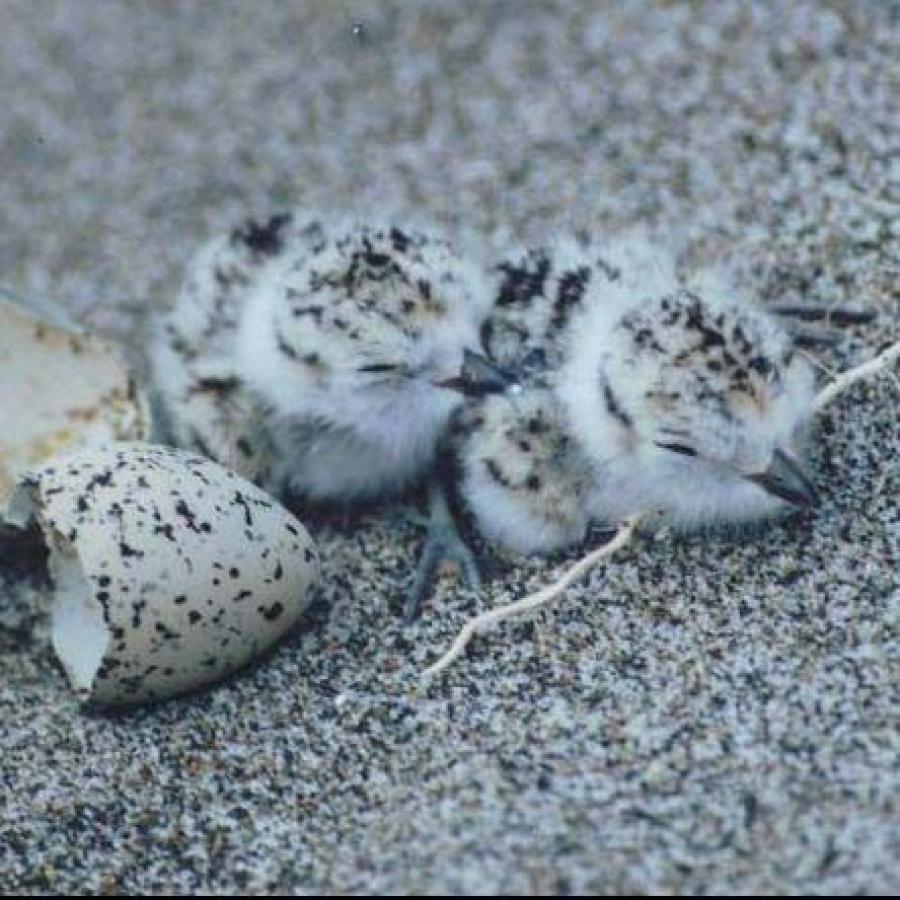
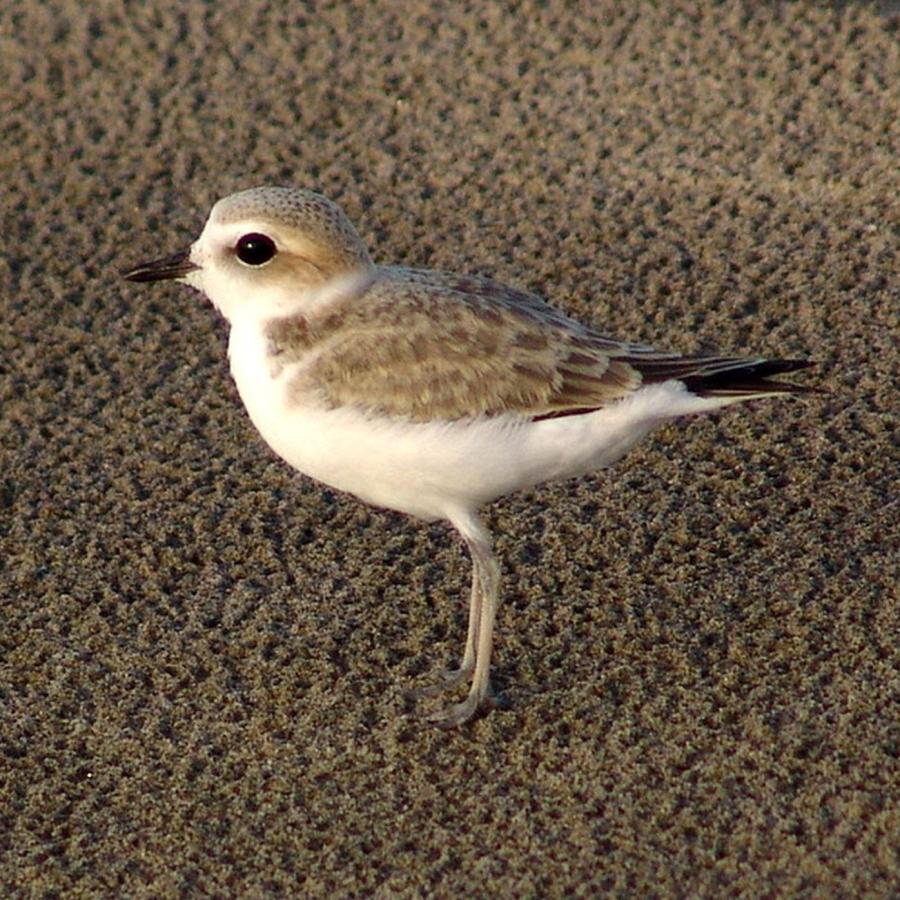
What can you do to help protect them?
The population of the snowy plover is a direct indicator of the health and function of our coastal beach systems and our stewardship. And this is where you can help us:
Stay out of marked nesting areas
-
Many snowy plover nesting areas are closed by state and federal agencies during the breeding season (March through September) to help preserve their habitat. Please respect these closures and find another area to recreate that will not cause harm to these habitats.
Keep dogs on leashes at beaches
-
Dogs love exploring but aren’t the best at reading signs for closed areas. Please keep your dog (and other pets! We’ve seen pet pigs on the beach before) on leashes to help protect snowy plover habitats.
-
Follow the Washington State Parks BARK Ranger principles to help you and your pet have a safe and fun visit anytime you go to a state park. BARK stands for:
-
Bag your pet’s waste
-
Always leash your pet
-
Respect wildlife
-
Know where you can go
-

Watch where you are walking and recreating
-
We love to use the saying ‘know before you go,’ but it really is one of the best things you can do to recreate responsibly and help protect the cute snowy plovers.
-
Please be aware of your surroundings as you’re flying a kite or taking in the views. Snowy plovers may be nesting nearby!
Leave no trace
-
Not only should you pick up after your dog, but make sure whatever you packed into the beach, you're also packing out. Trash attracts many species that may also prey on snowy plover eggs and chicks. Help keep our beaches clean!
By following these easy steps, you’ll be helping protect snowy plovers!
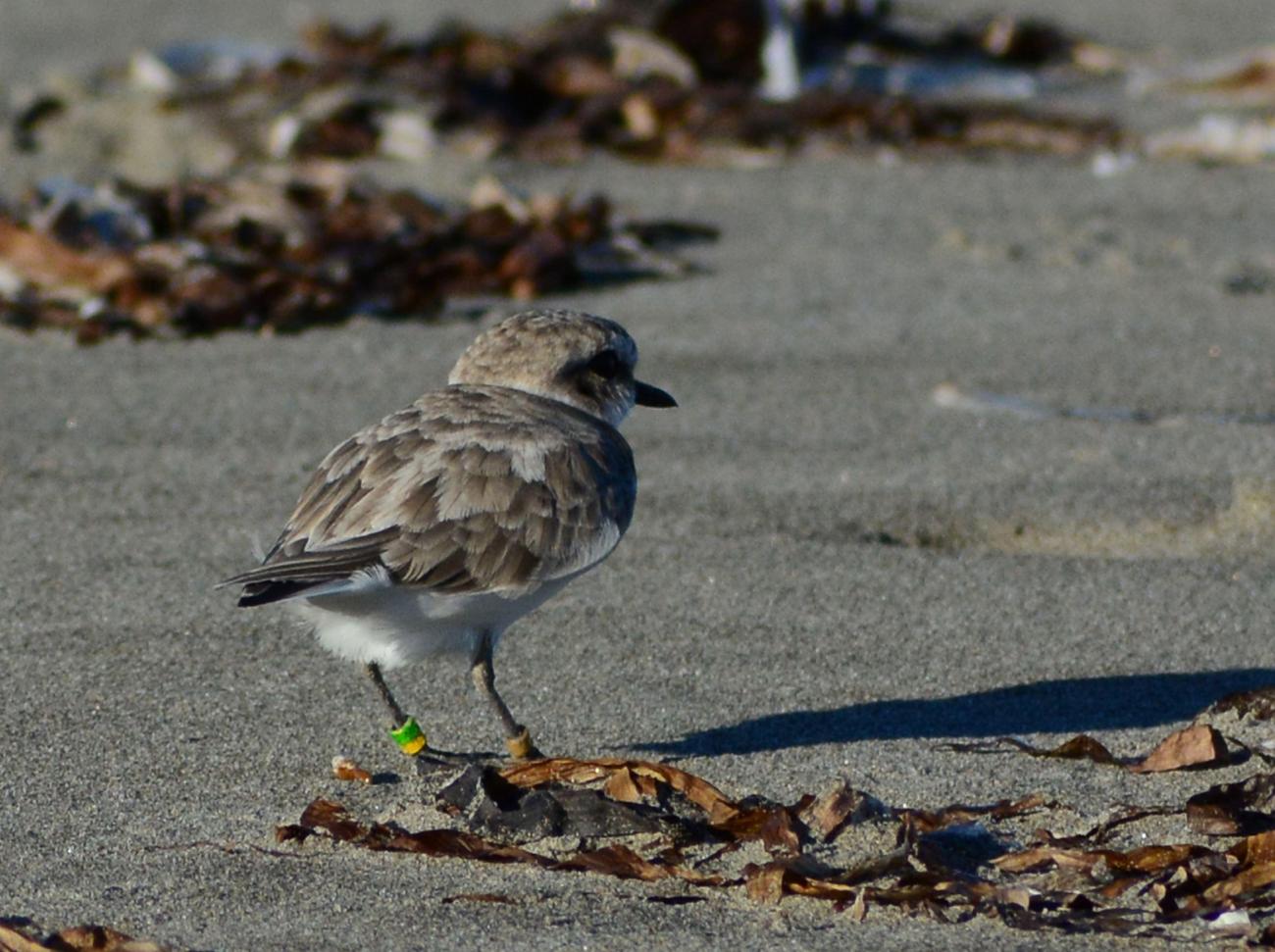
Originally published August 27, 2024

